Have you heard of the 100-mile diet? This is the 100-mile house! The goal with this build was to source and salvage as many materials as possible from within a 100-mile radius to reduce the carbon emissions associated with transporting building materials, to re-use materials in order to reduce the environmental impact of building with new materials, and finally, to support local builders and craftspeople by paying them a fair wage for their work.
Briony Penn is a well-known artist, writer, naturalist, and educator. She has been working in the field of conservation for 40 years through her work as a lecturer at UVic, as the author of several books, and with over 500 published articles on environmental issues.
You can find out more about Briony, her art, and her writing here:
https://www.brionypenn.com/
Of course, when an opportunity came up for Briony to build a home, she took the responsibility very seriously. The 100-mile house idea was a way to help her reduce the impact of building her home. She built with the smallest footprint possible (within municipal regulations) with approx. 1000 square feet of living space and she shares the land with her sister who also built a small home next door. Together they share the driveway, well, septic, and electricity, and they also protected the rest of the 5-acre property since it is a biodiverse area with several species of endangered wildflowers found there.
Of course it was impossible to source absolutely everything from within 100 miles, but Briony and her team of builders did an impressive job with this green building! They sourced recycled insulation and they salvaged slate shingles, wood floors, wainscotting, sinks and bathtubs, and even worked with a salvage tug boat to retrieve and mill logs that constantly wash up on the BC shoreline. To reduce the impact of the concrete they had to use in the foundation slab, they worked with a concrete specialist to come up with a mix that would include fly ash, which is a by-product from coal and steam plants.
We found Briony's 100-mile house to be a timely and important reminder that we as consumers have a big say in the materials that are used to build our homes. And we can choose to build smaller, and with quality materials that will last.
Video Script::
I think I always had a notion that the land was everything you know as ever since I've been very little and then an opportunity came out and I was really privileged to be able to build a home but that carried with it a lot of responsibility and at the same time I was also writing for a magazine called Monday magazine and the publisher editor was a guy called James MacKinnon who wrote a really influential book called hundred-mile diet the premise of the book was he was trying to live on food that had been gathered from a hundred miles to reduce carbon emissions from transport so it was right around that time I thought well we should be building 100-mile houses to that when you do actually use local materials you don't have container ships coming from Norway or China or whatever so that's the first big thing is that you've got reduced emissions and I was just super lucky there was four local guys that lived within 100 meters of where I live young builders really principled I wanted to be recognized for their craftsmanship and I thought okay I got a little bit of money so I'll build small but really well and we are gonna have a principle of trying to do as much as we can using materials that have been gathered for 100 miles it opened up a really an amazing experience because all your decision-making is completely different you don't just trot down to hardware stores or whatever you do still have to go to them and but as a principal trying to avoid them in order to find things locally opens up all these possibilities finding little local suppliers of things finding craftspeople that make things recycling finding recycled things salvaging did a lot of salvaging so for example the roof on this house is slate I mean that's not a local material but it was slate that had been salvaged off Fort Victoria by my grandfather he'd put it on his house when his house had been demolished by a developer that slate had been salvaged and you know it raised all these questions in my mind about why are we continually destroying houses and why are we not looking at long-term cost savings of building very very well the first time so that we're building so it's not only a hundred-mile house I wanted to build a hundred-year house and so that started 100 mile house idea in a way the layout of the house was designed by my youngest who told me he said mommy our family is happiest when we're all in a tent because you know they love going camping and all being together in this tent and chatting at night so I kind of went okay well let's sort of see how we can replicate it what do we have here probably a thousand square feet so I have a little tiny utility room but the rest of the house is almost all open plan so it it adapts for dining living cooking got a library / guest bedroom and then water closet you know toilet separated from bath and X just sink and then an upstairs loft in living area and and studio and then I've got this beautiful outside room that I sleep in from May to October which is just next to my kitchen garden so one of the things I'd say about doing hundred-mile house is that it's also it enriches your life because everything suddenly has a story so for example there was a church that was being renovated and they were pulling up all their old floorboards that 150 years around and you're sitting on floorboards that have been prayed upon and you know christenings and marriages and all that energy tied up in that church you're sitting on right so what happened is that we went down to the church we pulled up those floorboards and then we salvaged them by putting them through planes which isn't that much extra work and then we believe down these boards and these are beautiful floorboards my ceiling is all made from an old sawmill it's a bigger broader plank it's got kind of an industrial feel to it it's got a lot of texture it's kind of got a lot of stories to it you can see the hobnailed boots of the men that walked across it all the insulation is recycled all the beams there was a driveway that we had to make and so all the beams in the house come from trees that have just been locally milled that we're gonna come down or had come down in in windfalls it was all sorts of cool things like wainscoting we got from houses that were being renovated all the sinks the old sinks and bathtubs all came from renovations building with cedar you have to really think about where's that cedar coming from is it is it sustainable so I have a friend who has a salvage a tugboat and a salvage operation and there is billions of red cedars lying on the beaches up and down the coast from here to Alaska so he salvaged the red cedar in the yellow cedar off the beaches and then we milled it and so any cedar in this house is all salvaged [Music] so another really important part of the hundred-mile house is that there are no there's no paint there's no solvents there's no varnishes everything that I used in terms of treatment is either is with waxes oils I know I say varnishes no kind of plastic and all these the pigment and this is just earth pigments mixed in so the walls it's just a screed and inside the walls is just insulation we tried to reduce the concrete as much as possible by adding fly ash which is a recycled product and then it's a local sand so you reduced your amount of cement and bulked it out with fly ash there was a lot of things that we couldn't do 100-mile for example under building rigs you you have to use concrete in your floor slabs in many instances we were just trying to lessen our impact through the hundred-mile idea I don't know if you can do everything if you want to keep electrical fixtures and that sort of thing but we did the best we could my sister shares the land and built her own little cabin and then we built two little tiny houses so those little tiny houses are just sleeping only areas and I always have tenants or my kids or whoever so they've got somewhere two independent place to just live but all of our living goes on in this house so we share cooking and the warmth and the heat and all the services and it's a different slightly different take on communal living but it means that you know you can provide more space for young people and you get this intergenerational mix which I love the other thing it was really I was wanting because water so precious here it was a system where I could be recycling my gray water and my black water the gray and black waters basically filter out it's a drip filtration system that then goes into a a little tiny wall that pumps into pipes that water the vegetable garden and then I have water catchment off my roof and the slate roof is the best for water catchment I just have barrels so you can see the barrels my waters from a well all everybody on the island receives water either surface water from lakes or deep water from aquifers which is what we call well water we put on solar panels we did the sort of usual thing solar hot water heaters [Applause] I live in a forest so I sort of mimic a forest fire and I remove maybe one or two cubic meters a year and I run a really efficient wood stove to keep this house and putting in passive solar walls that really absorb the heat and hold the heat and they also absorb the cool and and keep it cool in the summer if I had to make a recommendation for alternative building is is to try and get it into the kind of mainstream thinking that we don't have to build so big and when you start thinking about building smaller you build with quality not quantity without the natural world we're nothing and I realize that we know everything we need to know right now in order to act we've we know how bad it is we know what we need to do and so in the last six years I've been working on several books that are really about how we engage with the natural world what an amazing teacher the natural world is and I've also spent a lot of time with an hon oxy ala elder called Cecil Paul who has you know these these wonderful metaphors that he thinks are really important for us in this time and one of them is the idea of what he calls the magic canoe which is we are all in a canoe right now and we are paddling up some pretty treacherous waters and whether we are going to get to our destination or not is going to depend upon us getting as many people in that canoe as possible working together with our different skills to paddle and that we're paddling all in the same direction [Music] please share this video if you liked it also be sure to subscribe to exploring alternatives and check out our playlists for more stories like this thanks for watching [Music]
- Category
- Variety
- Tags
- 100, mile, house, home, Briony, Penn, sustainable, green, building, low, impact, materials, reclaimed, recycled, reused, build, tour, open concept, carbon, emissions, how to, Canada, BC, Salt Spring Island, floor, flooring, wood, beam, bath, tub, sink, insulation, roof, slate, rainwater, catchment, septic, solar, panels, power, woodstove, simple, design, interior, earth, pigment, greywater, blackwater, passive, passive solar, heat, windows, salvage, salvaging, transport, diet, exploring, alternatives, documentary, micro, cabin, construction, eco




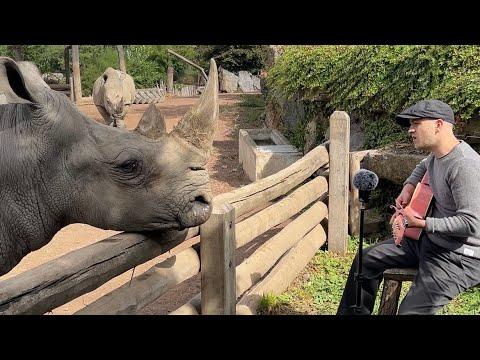



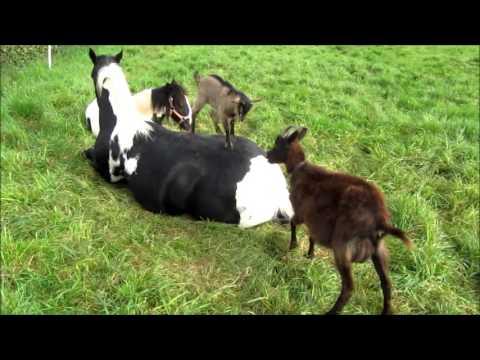
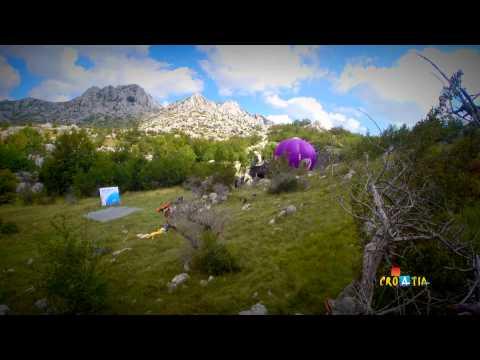
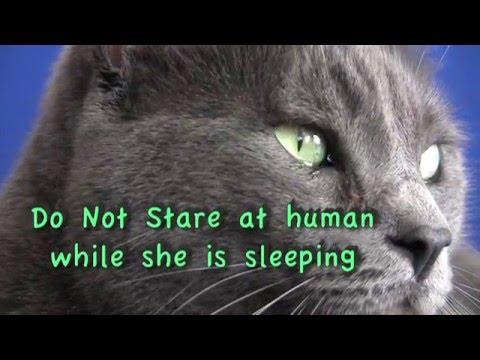
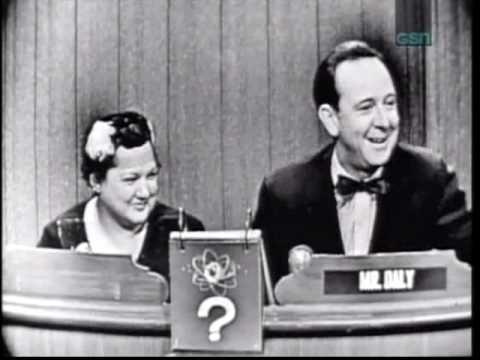
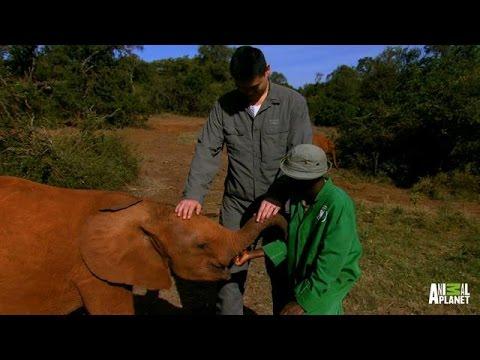
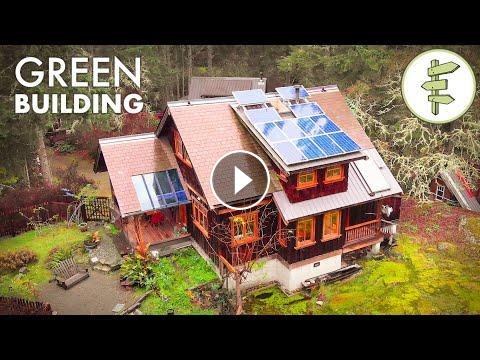
Beautiful, Meditative, Mind Opening.